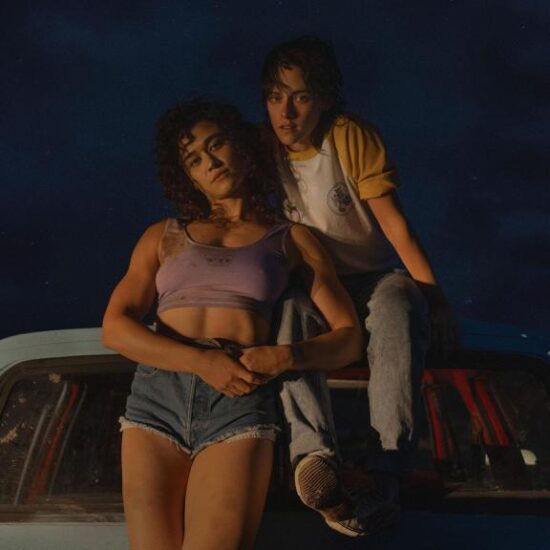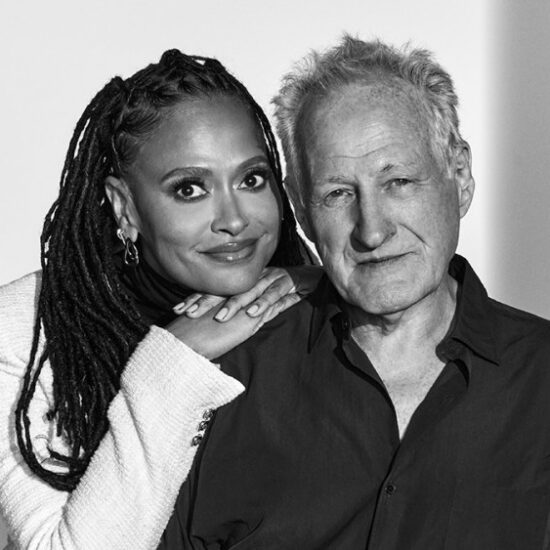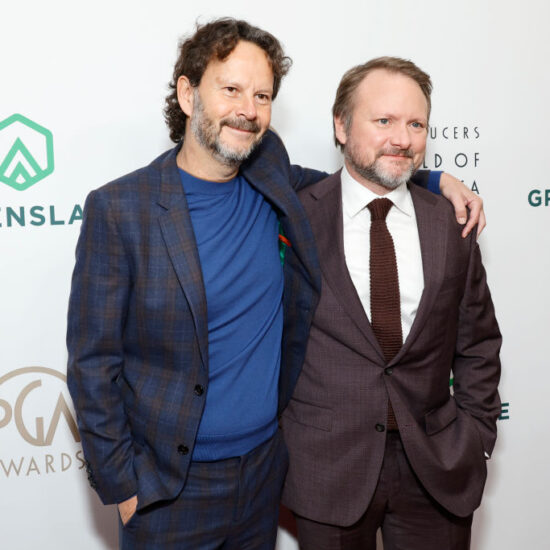
“We are dealing with time in a different way,” says The Lord of the Rings: The Rings of Power costume designer Kate Hawley. “You have to understand where the characters are coming from, where they begin and how their paths eventuate.”
Based on J. R. R. Tolkien’s novels, The Lord of the Rings: The Rings of Power is set thousands of years before the events of the book. During a time of relative peace in the Second Age of Middle-earth, the series covers all the major events of the period, from the creation of the Rings of Power to the rise of the Dark Lord Sauron.
“There’s a real shift in between the ages that you also have to understand,” says Hawley. “In The Lord of the Rings world, magic is fading and it’s the time of man and in this world it’s the opposite.” Since the world was so different from previous iterations, Hawley familiarized herself with The Silmarillion, Tolkien’s collection of myths and stories that influenced the world of The Lord of the Rings, which she says is “very different in tone to everything else.”
Since magic is still present in this world, the costumes of the magical beings needed to reflect that. “[The costumes for the Elves] had a lot to do with reflections of stars and water,” says Hawley. “There’s this beautiful description [Tolkien] has for elven cloaks… that they’re almost used as camouflage.” Silks and other materials that let light through were important for the clothing, as it matched their kind of magic. “The way he describes Elven magic is almost like illusions in some way, so it was all about reflections of light.”
The Dwarves used some of the same elements, since this takes place during the golden age of Dwarves and Elves, but Hawley also focused on the myth of their creation from the earth. “We used lots of jeweled stones and things that we sewed and pleating to give them a more sculptural look,” she says. Keeping in mind where the Dwarves live, she incorporated elements of gilding where they would have brushed up against the metal, or scorch marks where they would get too close to the forge.
As opposed to Hobbits, the Harfoots are a more nomadic people that blend into the background of the world. “We were trying to find a way of unifying this tribe who weren’t as fat and content as our lovely shire folk in the world of The Hobbit and The Lord of the Rings,” she says. “It always comes back to the physicality, and we’re also dealing with scale in this case as we were with the Dwarves, and it was rooting their world in another kind of camouflage. They were in a dangerous world.”
Click the video above to watch the full interview.













